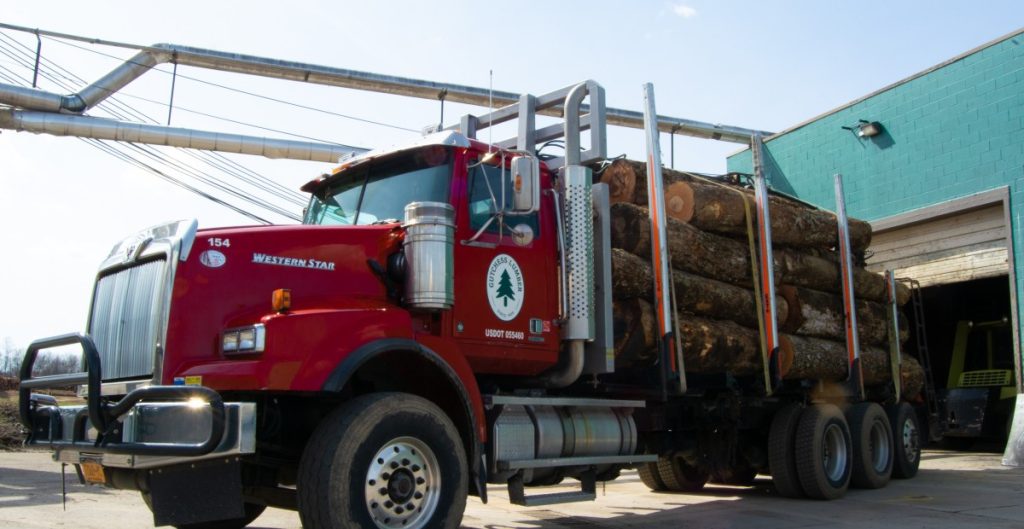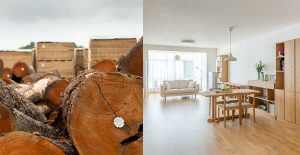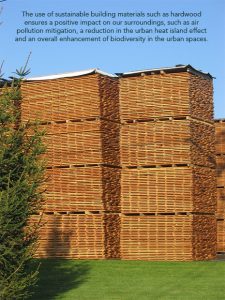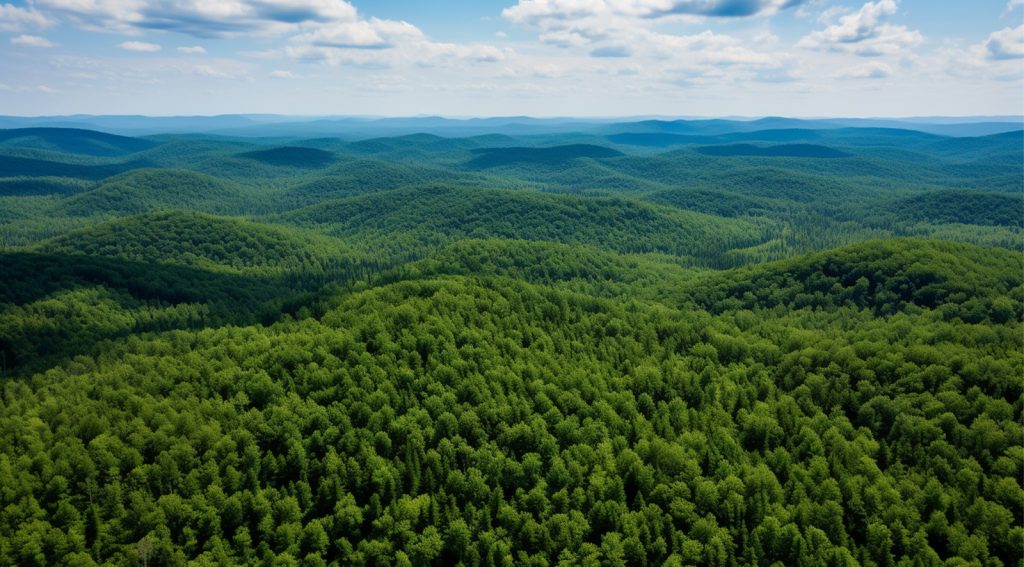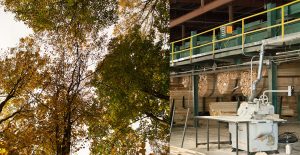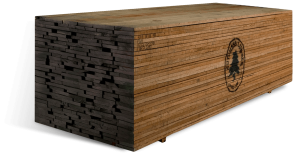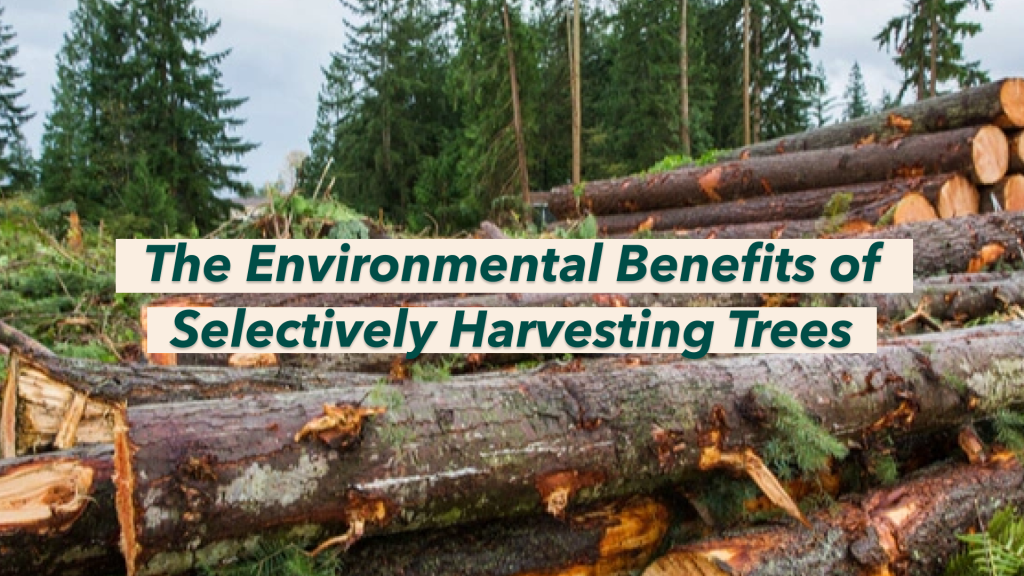
The Environmental Benefits of Selectively Harvesting Trees
Our team of foresters uses a process called selective harvesting to promote natural forest regeneration, which ultimately has a positive impact on climate change. As trees mature, they slowly absorb less carbon dioxide. Selective harvesting removes mature trees that have reached their peak carbon storage capacity. We use this process to strategically remove mature trees, creating space and resources for younger trees to grow and be able to continue to absorb carbon dioxide at a faster rate.
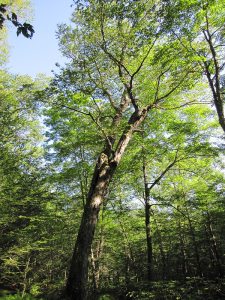
Carbon Absorption:
As trees mature, they soak up carbon dioxide from the atmosphere and store it in their wood. When trees soak up carbon dioxide, they help balance the carbon levels in the atmosphere and mitigate climate change. Using selective harvesting to remove mature trees, the younger trees can continue to absorb carbon dioxide and store it as they grow, generating a healthy forest.
Promoting Growth:
Selectively harvesting mature trees allows sunlight to get to the forest floor, allowing more trees to grow. This process helps promote the growth of the next generation of trees that are ready to absorb carbon at a quicker rate than mature trees. When we responsibly harvest hardwood trees, natural regeneration occurs.
Carbon Lock-In:
Mature trees release stored carbon over time, but when harvested, their carbon remains locked in the hardwood products we produce instead of being released back into the atmosphere. This results in the carbon staying sequestered for long periods of time, helping mitigate climate change by taking the carbon out of the atmosphere and storing it.
Manufacturing with Carbon:
Hardwood products store carbon dioxide the tree captured throughout its life. This carbon remains locked away for decades within the furniture, flooring, and other beautiful creations crafted from our sustainable and natural building materials.
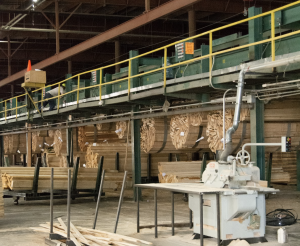
At Gutchess, we understand the benefits of selectively harvesting mature trees and utilize this process daily to create long-lasting hardwood products, that contribute to mitigating the effects of climate change.

